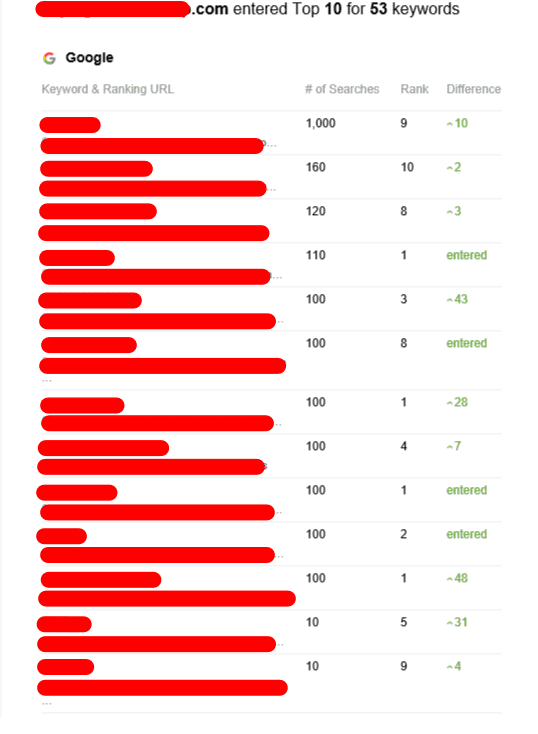Tiered Link Building
Tiered link-building is a well-known SEO method of building backlinks, which improves your website's PageRank. This is a black-hat practice, however, and can result in being penalized by Google.
First-tier links are of high-quality and relevant backlinks which drive a lot of PageRank to your website. They are usually obtained from guest posts, press releases, social media profiles, and directories.
tiered backlink can help you increase the domain authority of your site by linking to pages that rank highly on other websites. This is an effective SEO technique called link juice transfer. Link building that is tied can be accomplished manually or with automated tools. If you employ automation tools, you need to follow the guidelines of Google's Webmaster guidelines. You could end up breaking Google's terms of services, and risk being penalized.
A first tier backlink is dofollow hyperlink that passes PageRank value from its parent site to its destination website. These links can be acquired through the creation of relevant content and engaging in link outreach. Ideally, you should acquire links from trustworthy sources with an impressive domain authority. For instance, a top-tier link to Real Business could be useful for your niche because it could provide a significant amount of ranking power to your site.
By pointing to guest blog posts from higher-ranking sites, you can improve your domain's authority. This is a great way to boost your rankings as it indicates that you have a good relationship with the authority site. These links can also be acquired via forums, social media as well as bio profile links. However, it is recommended to avoid using tier 2 backlinks on sites that have spammy content.
Tier 2
Tier 2 backlinks are a great way to increase the value of your existing links. These backlinks can help you improve your rankings on Google and get more visitors to your website. Tier 2 links are less expensive than first-tier ones. It is recommended to only build Tier 2 backlinks to pages with a high authority on the domain. The right link building strategies will ensure your campaign will be successful.
Quality is less crucial for tier 2 links as it is for the first-tier. In fact it is possible to use links from websites that have a lower domain authority as long as they don't appear like spammy. This includes directories, review websites and social bookmarking sites. This also includes forum links and web 2.0 links. It is crucial to avoid using automated tools to create second-tier links, as search engines can easily detect them.
It is important to select a tier-2 donor website that is well-known and is relevant to your subject. For instance, if your topic is writing about digital marketing agencies it is important to choose one that has an excellent SEO profile and an extensive online audience. Otherwise, you'll end up in the wrong place and wasting your time. Therefore, it is recommended to pick an tier 2 donor site with a DR that is between 20 and 50.
Tier 3
Typically, tier 2 links are used to boost existing links that already have page-level power. They can be used to boost the authority of new websites or blog posts that need some extra help ranking on Google. Be cautious regarding how you utilize Tier 2 backlinks. You shouldn't use them as direct links to your website for money, and it's recommended to only build second-tier backlinks using high quality sites that have good domain authority.

Second-tier backlinks can be a mix of dofollow and nonfollow links, and should be sourced from relevant, authoritative websites. This includes PBNs as well as article directories, forum discussions as well as social media posts and web 2.0 sites. However, it is important to remember that you must follow Google's guidelines when building links on these types of websites.
Tier 3 links are the least-quality links in your link-building plan. Although they are usually non-follow links with a low amount of link equity, they can contribute to increasing the authority of your domain website. This can help your site rank higher on search engine results, leading to more sales and traffic.
Many SEO practitioners are currently using tier-based link building but there are risks. It can be viewed as a gray-hat technique that violates Google guidelines and could lead to penalties. It may be effective in certain circumstances, but it's crucial to do your research to determine the best strategy for your company.
Risks
Tiered link development is a controversial method which can be detrimental to your site's SEO. Despite the benefits, tiered links should only be used when they are the sole solution to boost your backlink profile, and you have the resources to work on an extensive scale. Otherwise, you could end up spamming Google's algorithm, and you could be subject to the possibility of being penalized.
The use of tier links is a risky business, especially when you employ an illegal method. These methods typically include link schemes, which can be extremely short-lived. Google will eventually get used to your scheme, or you'll just get tired of keeping fake backlinks.
Another problem with tiered links is that they can harm your rankings by distributing too much link juice. Your metrics will drop if you get too many links from websites with low quality. This happens when businesses use automated tools to create excessive links.
In addition, tiered hyperlinks can be hard to monitor and track. It is crucial to choose a tool that allows you to view all links in your backlink profile to ensure that you can monitor how they are doing. Otherwise, it's easy to lose track of some links and lose their importance. There are a variety of ways to create backlinks that are legal and provide long-lasting advantages.
